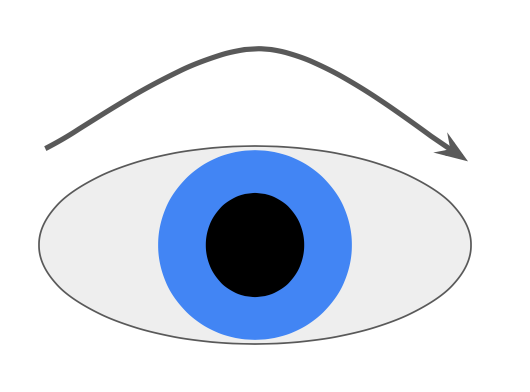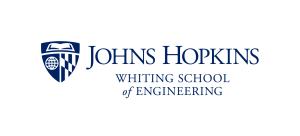Ocular Torsion Assessment from Fundus Images and Video-oculography
Team: Team Hot Dog
Program:
Biomedical Engineering
Project Description:
Ocular torsion is the eye rotation about the line of sight. Pathologies in the vestibular-ocular-motor pathway, including time-sensitive medical conditions like brainstem stroke, often result in changes in the pattern of ocular torsion. The two types of ocular torsion are static torsion and dynamic torsion. Static torsion is clinically assessed by analyzing the disc-foveal angle (DFA) in the fundus images, and dynamic torsion is clinically evaluated through the ocular counter-roll test during in-person visits, or recorded by video-oculography (VOG). However, manually analyzing fundus images is time-intensive, while in-person ocular counter-roll tests create an access barrier in a telemedicine setting. Though automatic torsion assessment technologies exist, they are limited in speed due to the need for extensive data pre-processing. As a result, a major obstacle in the field is that clinicians fail to provide rapid and automatic ocular torsion assessment in both in-person and telemedicine settings due to the lack of computer-based eye movement analysis technologies, delaying the process of treating time-sensitive medical conditions. The objective of our project is to build deep learning models for automatic assessment of static and dynamic ocular torsion from fundus images and oculography videos.
Team Members
-
[foreach 357]
[if 397 not_equal=””][/if 397][395]
[/foreach 357]
Project Mentors, Sponsors, and Partners
Jorge Otero-Millan
Amir Kheradmand
Course Faculty
-
[foreach 429]
[if 433 not_equal=””][/if 433][431]
[/foreach 429]
Project Links
Additional Project Information
Project Photo

Project Photo Caption:
The logo features the torsional movement of the eye, which is what our project focuses on.


